
BETTER FUTURE Magazine
Paul Priestman in Conversation with Mark Bergin
Paul Priestman, the Founder and former Chairman of PriestmanGoode, is one of the world’s leading design voices for transport. Just as he is on the cusp of an exciting new career adventure, he joins our Founder Mark Bergin for a discussion about design in the boardroom, the fallacy of design dust, the importance of interchange, the beauty of public transport, and managing longitudinal visions. Below is an abridged transcript of Paul and Mark’s BETTER FUTURE Spotlight conversation.
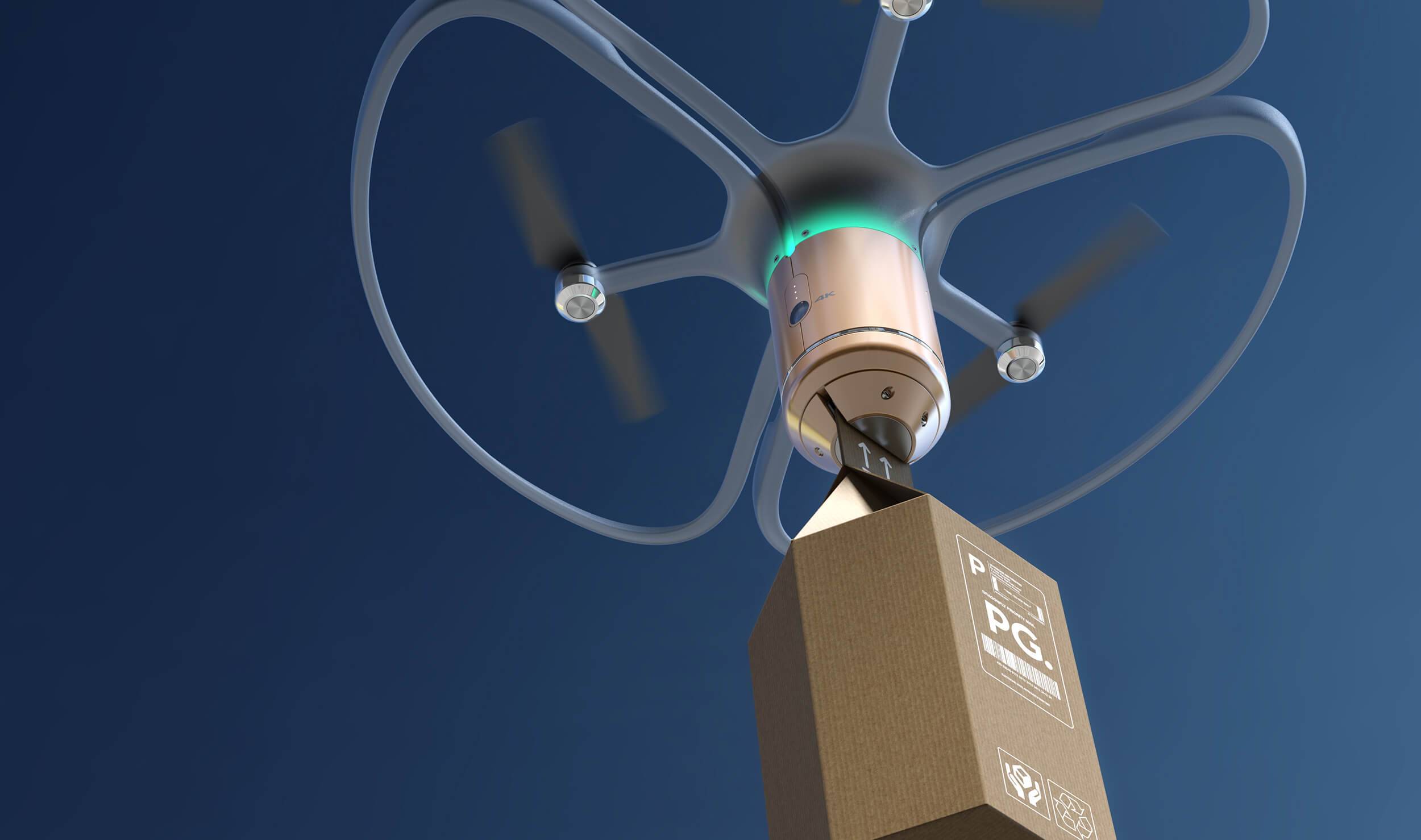
P-Paul Priestman
M-Mark Bergin
M: Hello Paul, how are you and whereabouts in the world do we find you?
P: Hello everybody. I’m in London today.
M: Now, you’re in career transition, aren’t you? You’ve left your position as Chair at PriestmanGoode and you’re in the in between stages before you tell the world what the next chapter of your working life is...that’s a very special moment.
P: That’s right. We successfully transitioned PriestmanGoode into an employee-owned company, which I’m very proud of. It means that the success of PriestmanGoode is shared between everyone in the company. I’ve always planned to do something new, and I felt it was time to wean myself away, especially with the company being in such a great position. I had this opportunity to make a clean break and start something new. When I set up PriestmanGoode many years ago, my driving force was different—I needed money, I wanted fame, but now I have a completely different set of requirements.
M: Let’s dig in on that. What is the difference in your requirements now?
P: Well the creative world has changed so much and it’s now so much more to do with problem solving. What I’ve been able to do more recently in my career is to sit at the top table of CEOs and organisations. That is where design needs to be, that is where the decisions get made. I think it’s absolutely critical that CEOs know how to leverage design. They know they need it, but they often don’t know how to use it. That’s the role that I’m beginning to play.
M: Interesting. For some context for our listeners and readers, we did a podcast series before the pandemic called Design in the Boardroom where we spoke to different executives about how design takes a different shape in the boardroom compared to the studio. A lot of designers feel that they want to bring the studio language and nuance into the boardroom, but most boards need more concise direction, they need strategy, they need to deal with risks, they need to talk about leverage, they need to remain relevant. These are very different conversations to aesthetics and style.
P: As a designer, you must accept that often the people you’re talking to have no interest in design, and really don’t understand it. Certainly in some roles, for example when I headed up the internal environment at Heathrow Terminal Five, the language you have to use is different. You must put forward suggestions that everybody understands and it’s just not good enough for a designer to say, ‘I’m doing it like this, because that’s how I like it’.
M: You’re talking about that certain level of pragmatism that is required. Boardrooms and executive types love pragmatism, but they’re a little bit reluctant when somebody becomes dogmatic about something.
P: Yes, and you have to talk in a slightly different language, while also coming up with ideas that solve problems and have logic to them. Design has to be very careful that it doesn’t come across as something light and fluffy to be scattered over something—like a design dust sprinkled after all the serious work is done. That is not design, design is embedded right from the beginning, that’s when it’s successful.
M: You have expertise from very micro-mobility and transport spaces, like with the scooter project you did that became part of your London Design Festival medal—
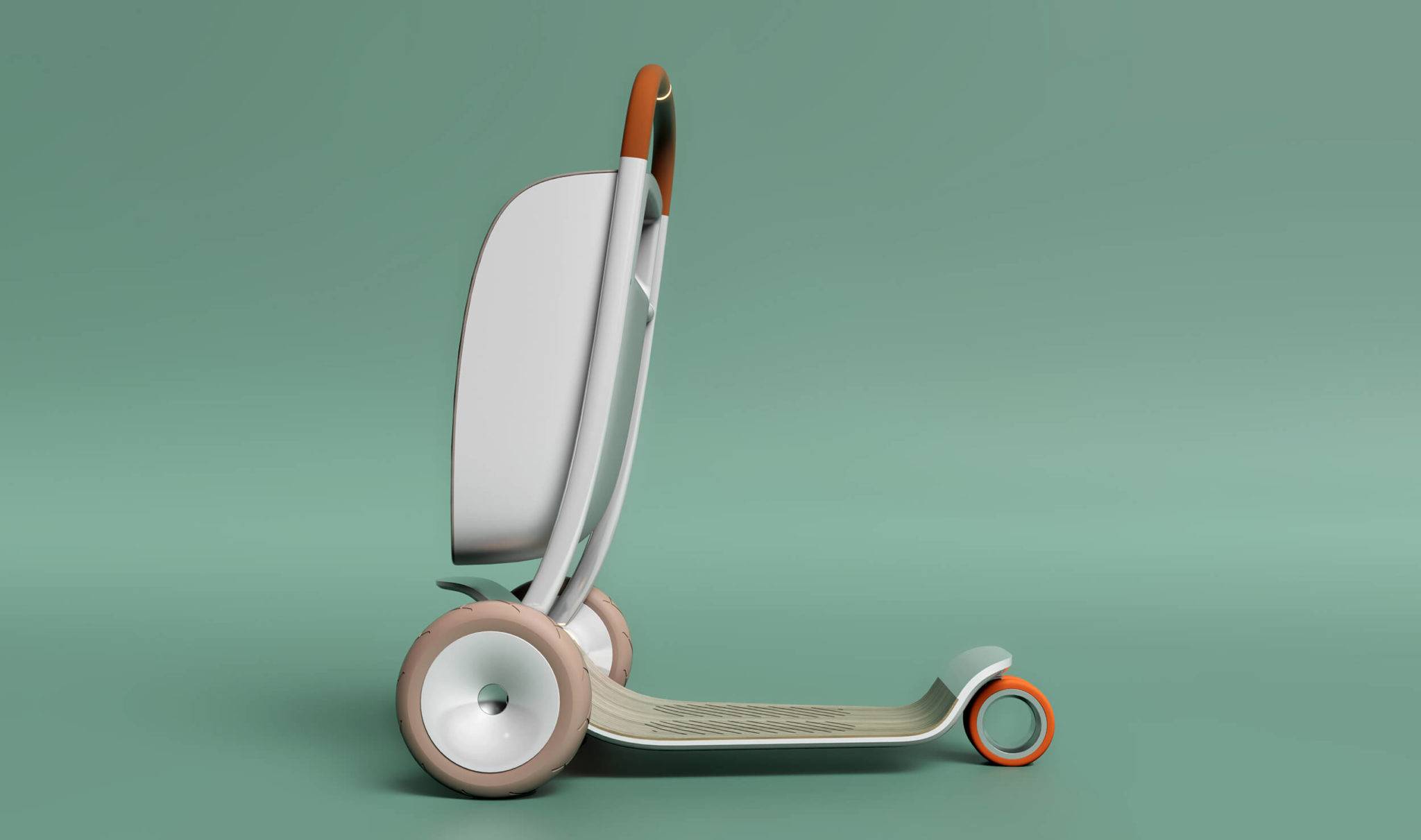
P: Yes, it was part of the Design Museum Exhibition on New Old, which was really exploring the realm of the aging population. I’m chairing the Design Advisory Panel for the Design Age Institute, which is an institute here in the UK looking at elderly demographics, and positively looking at how that is changing in society. Every society is going through the classic pyramid transformation where once there were a lot of young people at the bottom and old people at the top, whereas now there are fewer young people at the bottom, a reasonable middle-age spread, and then a lot of elderly people at the top. What are we going to do about that?
M: So you have these micro transportation vehicles in the form of the scooter. You have large airplanes, like the A380 cabin design, and you also have mass transit in the form of trains in Hong Kong and China. I’m interested because there’s a very different context between somebody trying to move at five to ten kilometres an hour versus somebody trying to move at 1,000 kilometres an hour, as is the case with Hyperloop. That must be interesting to get your head around the different comfort factors required when you’re on a personal scooter versus when you’re sitting in a cabin which is designed to propel you to the other side of the world very quickly.
P: Yeah ... it’s a massive subject this. I think interchange is absolutely critical. When you’re building a railway system, traditionally you end up with the station, the car park and the taxi rank around the outside. Now that’s gone, because people aren’t using those different modes. It’s about thinking of other ways to integrate. It’s multimodal, and the fact is that to encourage people to leave their cars and use other forms of public transport, the transport must be better. There are so many interchange issues that we must consider.
THINKING LONG TERM, WHAT I FIND FANTASTIC ABOUT PUBLIC TRANSPORT IS THAT IT IS NOT WITHIN THE DISPOSABLE PRODUCT DESIGN WORLD OF A THREE-YEAR CYCLE.
We’re looking at things that are going to be in operation for thirty to forty years. How do we design for that? It must be modular; we have to think ahead, and also from a design point of view, it can’t be too radical in some respects otherwise it will date. It’s a fascinating area to work in.
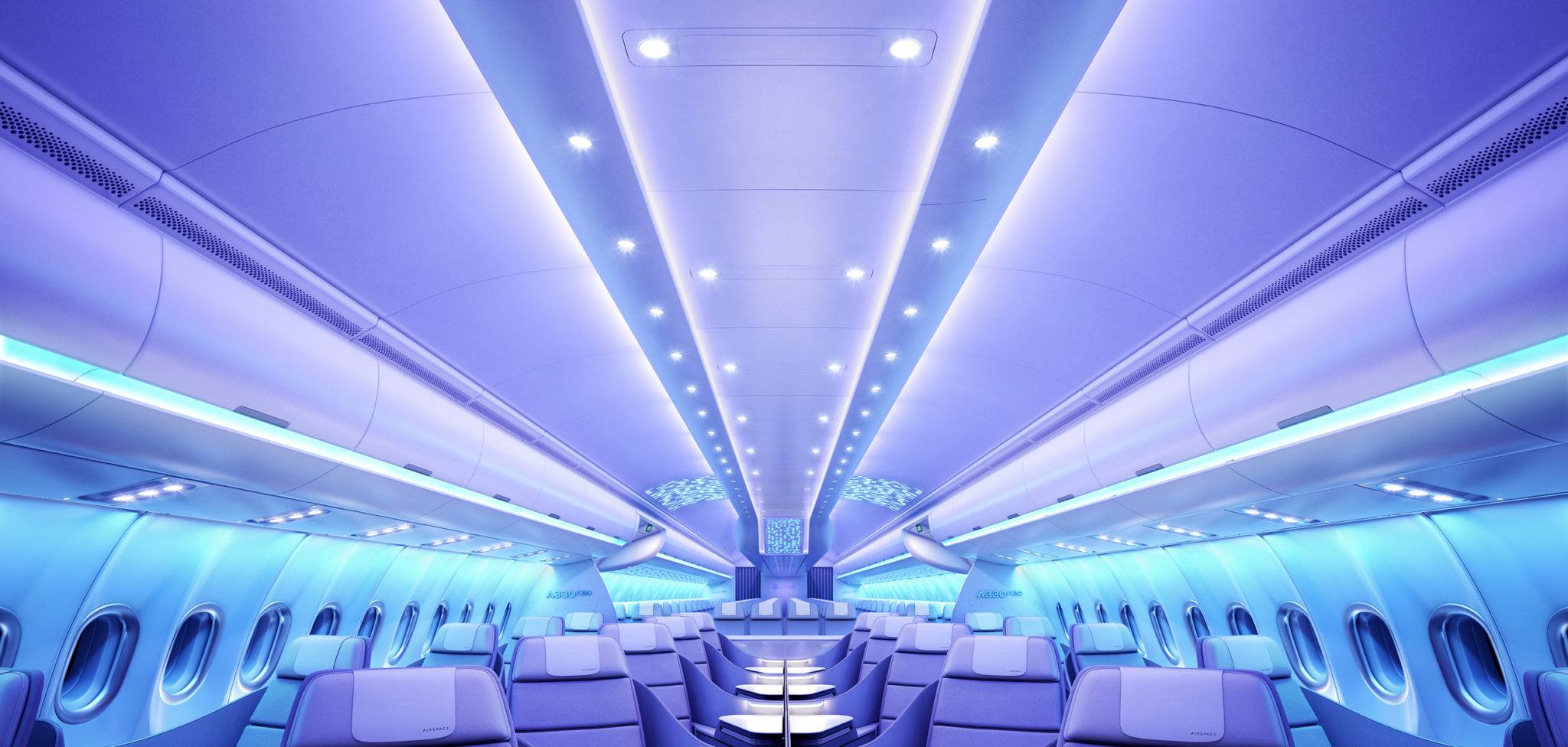
M: I’m interested with what you said about not doing things too radically because you know that you don’t want them to date or bounce on the public. How do take design leaps without disrupting people too much? It’s a big challenge, isn’t it?
P: One of the areas that I’m particularly interested in—and this is part of my new venture—is public engagement: looking into the future, bringing things to life, and then allowing for public engagement. If a country or city is making a massive investment into a new transport system or upgrading their existing infrastructure, how do you bring the public along with that? You know it means a lot of disruption and a lot of expenditure and so the way to bring these projects to life is to offer options and let the public make decisions. Maybe within those options for a new tram, or bus, or train there is a more radical option, and you can then let public decision come through. Then people begin to get on board and own the whole subject.
THAT’S THE GREAT THING ABOUT PUBLIC TRANSPORT, IT IS PART OF SOCIETY.
That’s I really do love about it—you’re creating the character of the city, like the new tube for London, or the Hong Kong metros, or the new trains for Canada or Austria. You’re creating something which embodies a culture and it’s a fascinating area of design to somehow encapsulate the look and feel of a country or city.
M: Recently I was talking with one of the chief rail architects for one of the great world cities and he was talking about a zero-carbon station he is building—it’s fantastic. I asked him when it’s coming, and he said that the dwell period is around eight to ten years. We forget how long it takes for the building of transport networks to come around ... It takes a long time, but there are micro interventions that help move the journey along and solve problems as we are moving through the lifecycle of either rolling stock or stations. So how do you manage and refer to things that involve a longitudinal delay and dwell time, versus those that you can affect immediately? Is there a simple way to distinguish the difference between the two?
P: In design you must think pragmatically about that and do so in a modular way. When we have been involved in designing stations and airports, we must consider the things that will always be there and things that will change ... You need to really think about how you can fundamentally change the look and feel of something while keeping the structure the same. That’s the ultimate re-use and recycle model.
M: Excellent. And now I’m going to ask you a question that we ask every episode. When I ask you what a better future looks like, what comes to mind first?
P: Because I’m having to think so long term and so many of my projects are five or ten years ahead, a better future is already in my head now. I know where we will arrive and so I think a better future is happening now ... In saying that, time is ticking, and everyone realises we urgently have to do something about the environment and the way we use the planet.
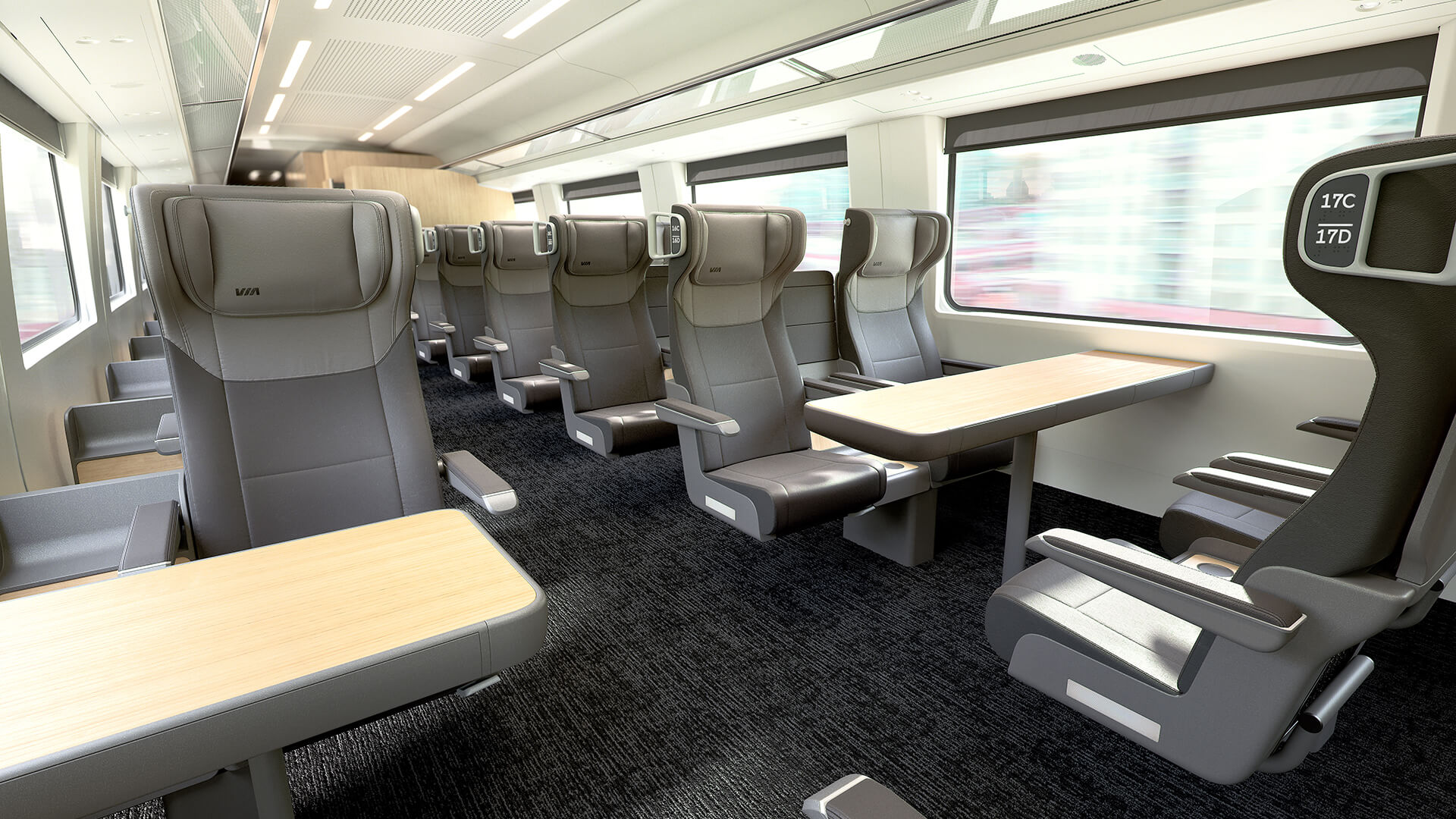
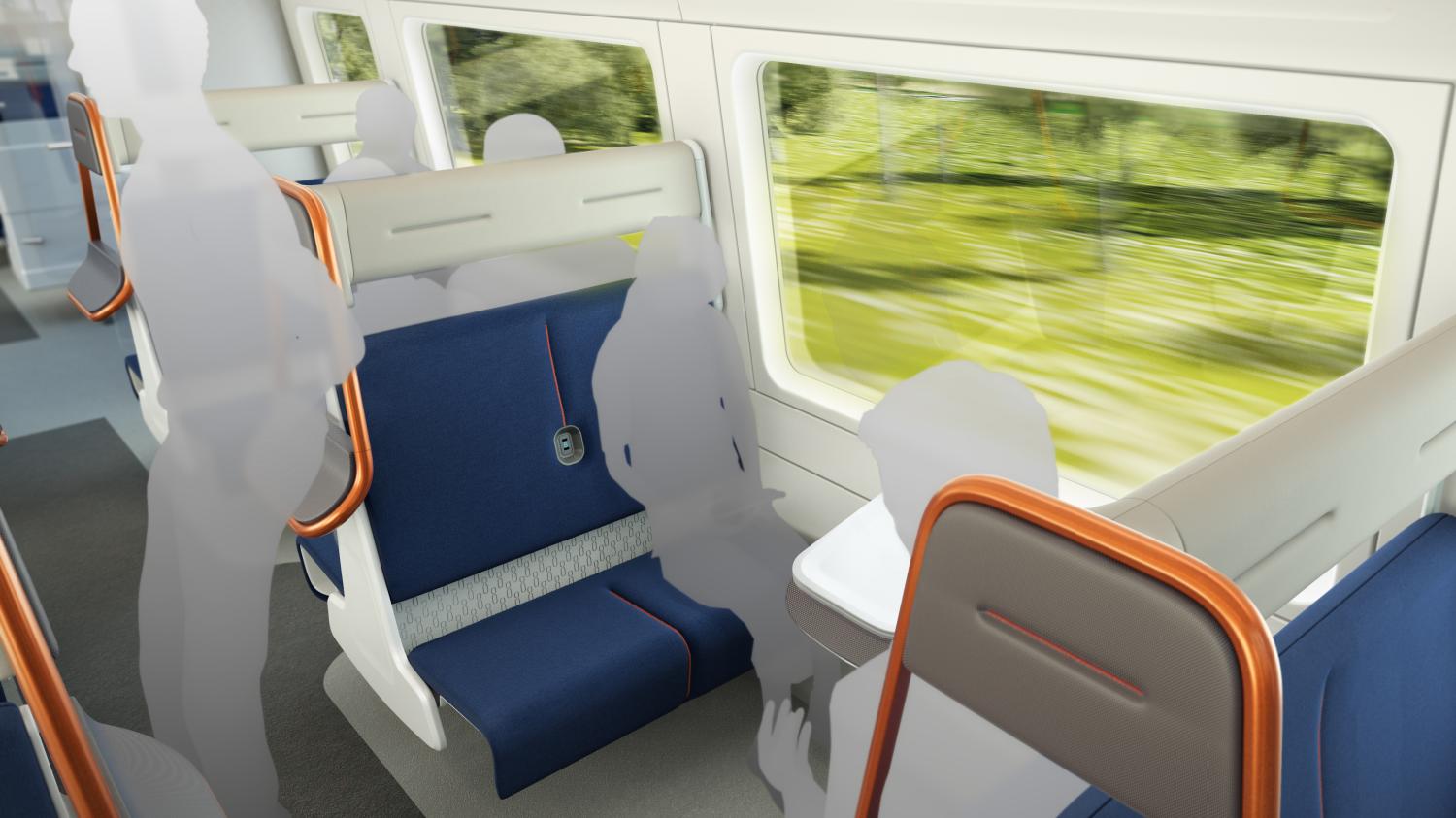
'The pressure is on with all governments to do something about this, and to do it urgently, but we cannot just sit back and let the government sort it out for us, it’s down to us. If we can start to make the right choices, and then start to lead markets, companies will follow the money.'
To Listen to the conversation:
betterfutureexecclub.com/post/paul-priestman
 loading......
loading......